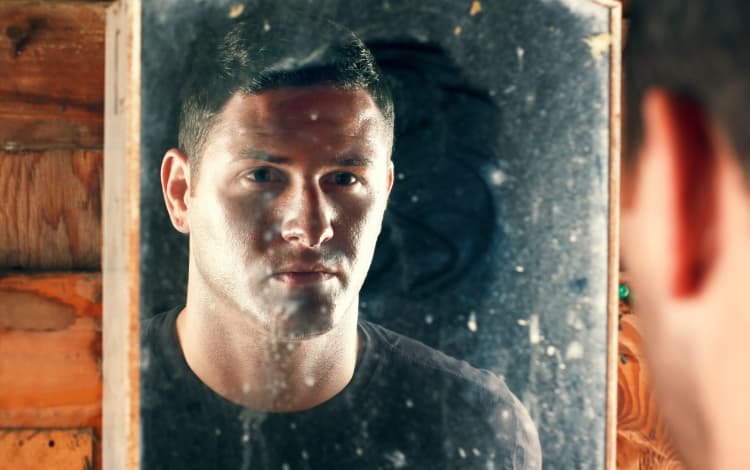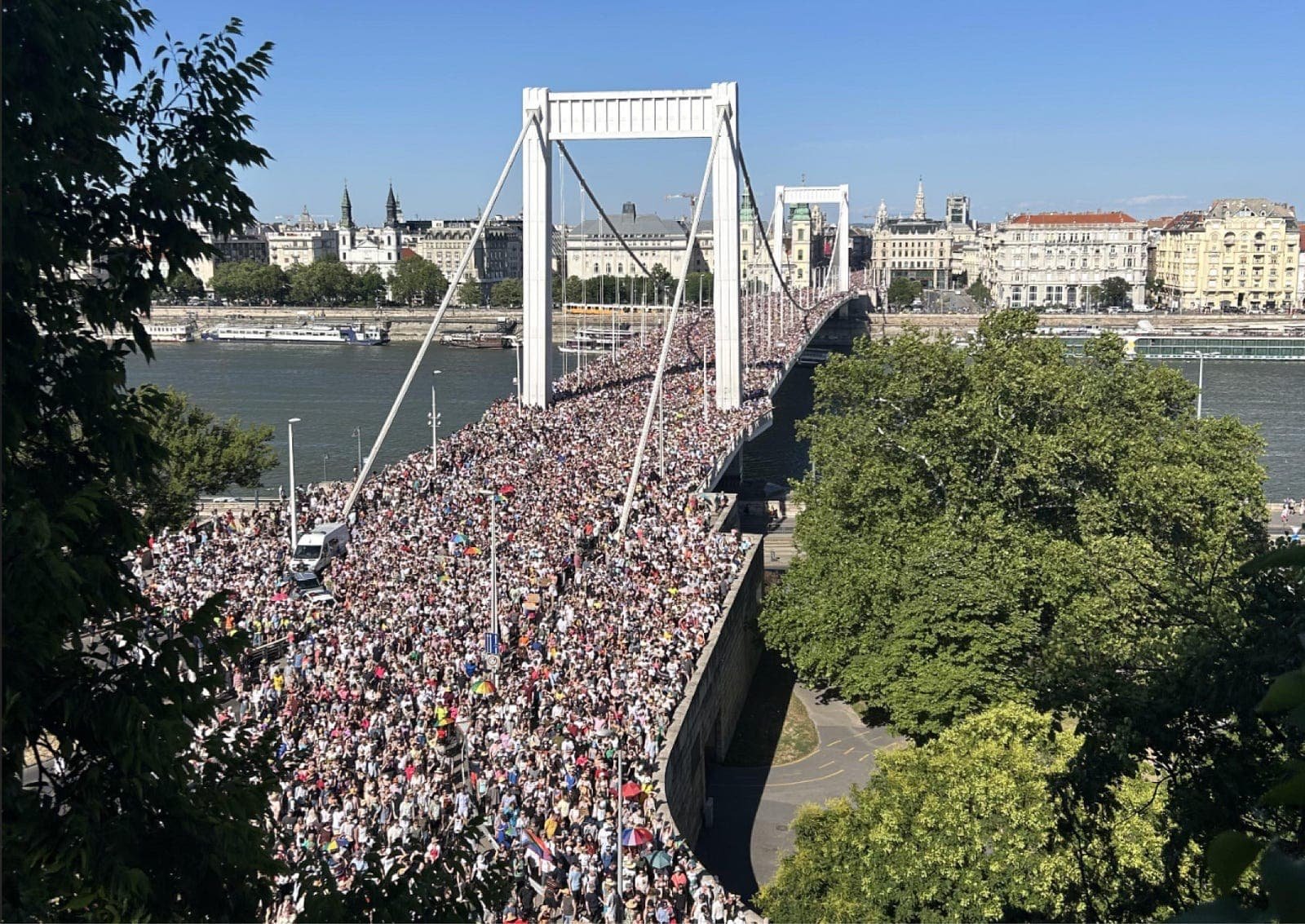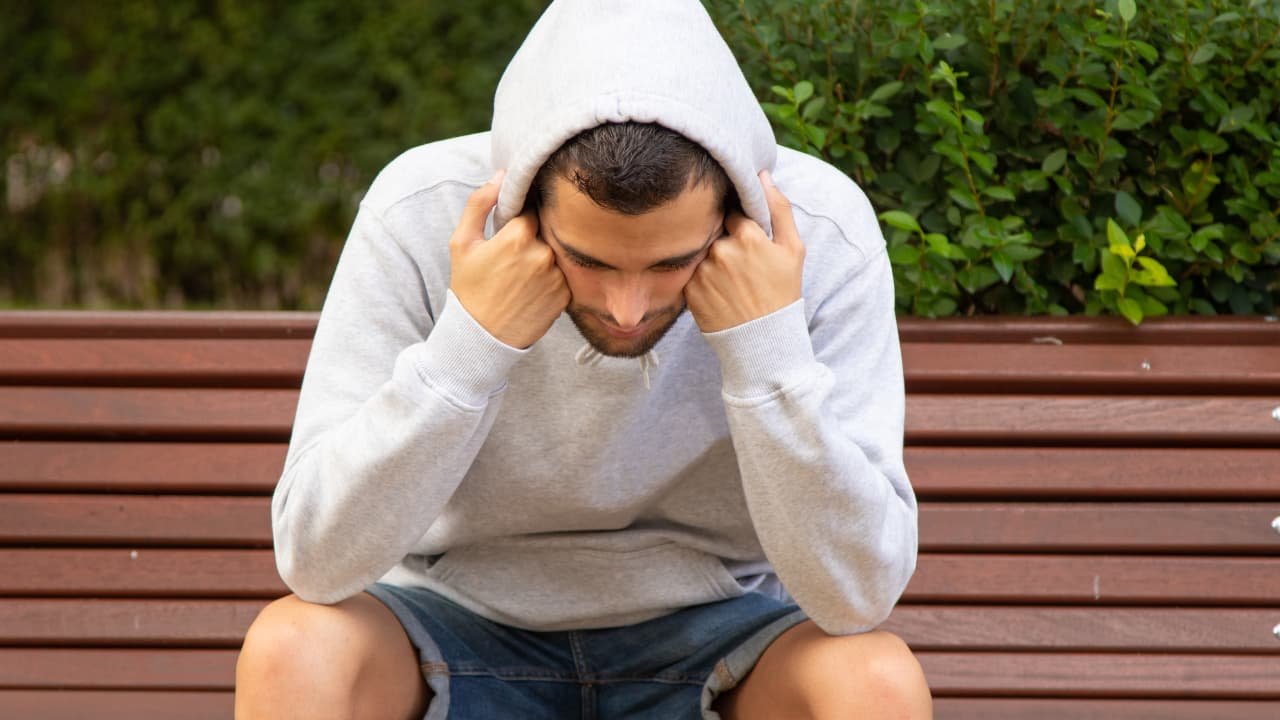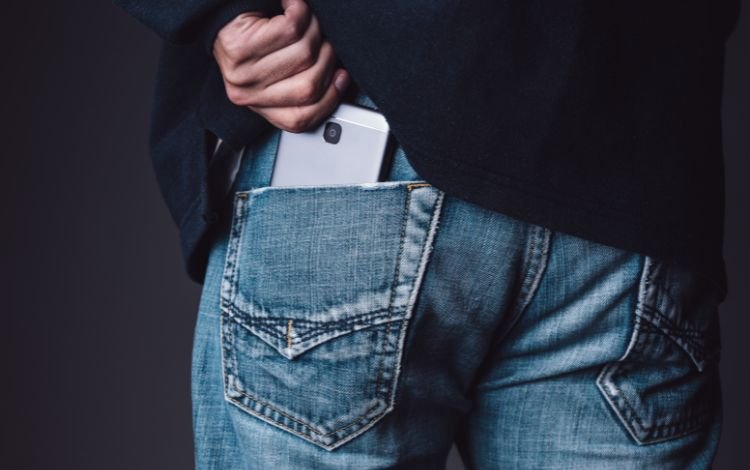Why Gay Men Struggle With Body Image: Understanding the Psychology Behind Body Shame
By Gino Cosme, a Licensed Therapist specializing in LGBTQ+ Mental Health
The statistics are undeniable: gay men experience body image disturbance at rates that should alarm anyone paying attention.
Research published in the International Journal of Eating Disorders confirms that gay men are much more likely to develop eating disorders than heterosexual men, with some studies suggesting rates up to three times higher. Studies also indicate that body dysmorphic disorder is more prevalent among gay men, with some research showing nearly half may experience symptoms
But behind these numbers lies something more devastating than vanity gone wrong. As a therapist specializing in gay men's mental health, I've learned that our relationship with our bodies isn't about looking good—it's about survival.
The Trauma No One Talks About: When Bodies Become Battlefields
When you grow up gay in a world that teaches you your natural state is unacceptable, your body becomes both problem and potential solution. The voice is "too gay." The mannerisms are "wrong." The softness must be hidden.
This creates what I call the "Good-Enough Gap"—the psychological chasm between who you are and who you believe you need to be to deserve love.
For gay men, body image issues aren't just about meeting masculine ideals. We're fighting for survival within our own community while navigating a larger culture that has historically pathologized our very existence.
Studies in Body Image journal reveal gay men show significantly higher drives for both thinness and muscularity compared to heterosexual men—a contradictory pressure that creates impossible standards.
The Crisis Hiding in Plain Sight
The numbers paint a stark picture:
Up to 32% of gay and bisexual men report body dissatisfaction or disordered eating behaviors, compared to lower rates in heterosexual men.
Gay men are up to 12 times more likely to report binge eating episodes than heterosexual men.
Body dysmorphia affects nearly half of gay men, which is much higher than in the general population.
Muscle dysmorphia ("bigorexia") is more prevalent among gay men than heterosexual men, with some studies showing rates several times higher.
These aren't lifestyle choices. They're trauma responses to decades of messaging that our natural selves aren't enough.
Why Different Generations Struggle Differently
The AIDS Generation (Men 50+)
For gay men who lived through the AIDS crisis, body image often carries survivor guilt. Many report feeling obligated to build bodies that honor friends who died young, creating a complex relationship between physical strength and emotional survival.
The Hypermasculine Era (Gen X/Older Millennials)
This generation learned that looking "straight" meant staying safe. The pressure to embody heteronormative masculinity through physical appearance became a protective strategy that turned into lifelong body preoccupation.
The Social Media Age (Younger Millennials/Gen Z)
Growing up with Instagram and dating/hookup apps, this generation faces unprecedented pressure to maintain constant physical perfection. Every photo becomes a performance, every shirtless pic a statement of worth.
The Intersection of Identity and Body Shame
Body image struggles hit differently across intersecting identities:
Gay men of color often navigate both racist beauty standards and gay community body expectations. Research shows Black and Latino gay men report higher rates of muscle dysmorphia, often driven by fetishization and the pressure to embody hypermasculine stereotypes.
Working-class gay men may feel excluded from gym culture and expensive wellness trends, leading to shame about not being able to "buy" the ideal body.
Older gay men become increasingly invisible in youth-obsessed gay spaces, leading to desperate attempts to maintain youthful appearance through extreme measures.
How the Fitness Industry Exploits Gay Vulnerability
Walk into any gay gym and notice the messaging: "Transform yourself." "Become the man you're meant to be." "Your best life starts with your best body."
Marketing research shows fitness companies specifically target gay men's insecurities, understanding that body dissatisfaction in our community runs deeper than vanity.
The promise isn't just physical change—it's belonging, desirability, worth. When you've spent years feeling fundamentally unacceptable, these messages hit like gospel.
Beyond Individual Symptoms: The Systemic Picture
Gay men's body image issues aren't personal failings—they're predictable responses to minority stress. Meyer's Minority Stress Theory explains how chronic exposure to prejudice creates internal psychological stress that manifests in various ways, including disordered eating and body dysmorphia.
The pattern is clear:
Rejection (family, peers, society) creates core shame
Hypervigilance develops as survival mechanism
Body control becomes attempt to prevent future rejection
Perfectionism replaces self-acceptance
Eating disorders/body dysmorphia emerge as trauma responses
Why "Love Yourself" Advice Fails
Well-meaning advice to "just love your body" misses the complexity of gay men's experiences. When body shame is rooted in survival fears, self-love mantras feel like spiritual bypassing.
What actually works:
Understanding Your Origin Story
Every body image struggle has roots. Maybe it was being called "fat" in middle school. Maybe it was realizing your body didn't match other boys'. Maybe it was the first time someone made you feel undesirable for being gay.
For many of us—including myself—there's one memory we return to when we're alone, staring in the mirror, wondering if we'll ever be enough.
Identifying these moments helps separate your authentic voice from internalized oppression.
Finding Alternative Sources of Belonging
The most powerful shifts I've witnessed happen when gay men find communities that value them for something beyond appearance. Research on social support shows that diverse social connections significantly reduce body dissatisfaction in gay men.
Reclaiming Physical Joy
Most gay men struggling with body image have completely disconnected from how their bodies feel, obsessing instead over how they look. Practices like dance, sports, sex, or simple movement help rebuild the connection between physical sensation and pleasure.
Recognizing the Political Nature of Body Shame
Your body image struggles aren't just personal—they're responses to systemic oppression. Understanding this can transform shame into anger, and anger into action.
The Hidden Costs of Body Perfection
The pursuit of the "perfect gay body" exacts devastating tolls:
Financial: Gay men spend disproportionately on fitness, supplements, cosmetic procedures, and body modification
Social: Body shame creates isolation, avoiding intimacy, and competitive relationships
Mental: Anxiety, depression, obsessive thinking, and emotional numbness
Physical: Eating disorders, steroid use, exercise addiction, and body dysmorphia
Spiritual: Disconnection from authentic self, values, and meaningful relationships
Breaking Free: A Different Approach
Healing your relationship with your body requires more than individual willpower. It demands understanding that your struggles make sense given what you've experienced.
Trauma-Informed Body Healing
Working with professionals who understand both trauma and gay-specific issues can help you:
Process early rejection and its impact on body image
Develop emotional regulation skills that don't require body control
Learn to distinguish between your voice and internalized homophobia
Build self-worth that isn't contingent on appearance
Community-Based Solutions
Individual healing is crucial, but cultural change matters too. Supporting:
Body-diverse representation in gay media
Fitness spaces that welcome all body types
Events that don't center physical appearance
Speaking up against body shaming in gay spaces
When to Seek Professional Support
Consider professional help if you experience:
Obsessive thoughts about your body or appearance
Avoiding social situations due to body shame
Restricting food or compulsive exercising
Using substances to change your body
Feeling suicidal about your appearance
Relationship difficulties related to body image
Look for therapists who understand both gay eating disorders and male body dysmorphia.
A New Vision of Freedom
The perfect body will never heal the wound of feeling unworthy of love. That healing happens in relationship—with yourself, with others who see your full humanity, with communities that celebrate diversity over conformity.
Real freedom isn't having the ideal body. It's living peacefully in the body you have, treating it with kindness rather than warfare, and finding worth beyond physical appearance.
Your body isn't broken or unfinished. It's the evidence that you've survived.
Take the Next Step
If you recognize yourself in these patterns, you're not alone—and you don't have to figure this out alone. Working with a therapist who understands both body image issues and the specific challenges gay men face can provide the support and tools you need to develop a healthier relationship with your body.
Ready to explore a different way of relating to your body?
Contact me to discuss how therapy can help you move from body warfare to body peace.
Subscribe to my newsletter for insights on gay men's mental health, body image healing, and authentic living delivered to your inbox monthly.
The path to body acceptance isn't about lowering your standards—it's about raising your understanding of what actually makes life worth living.









